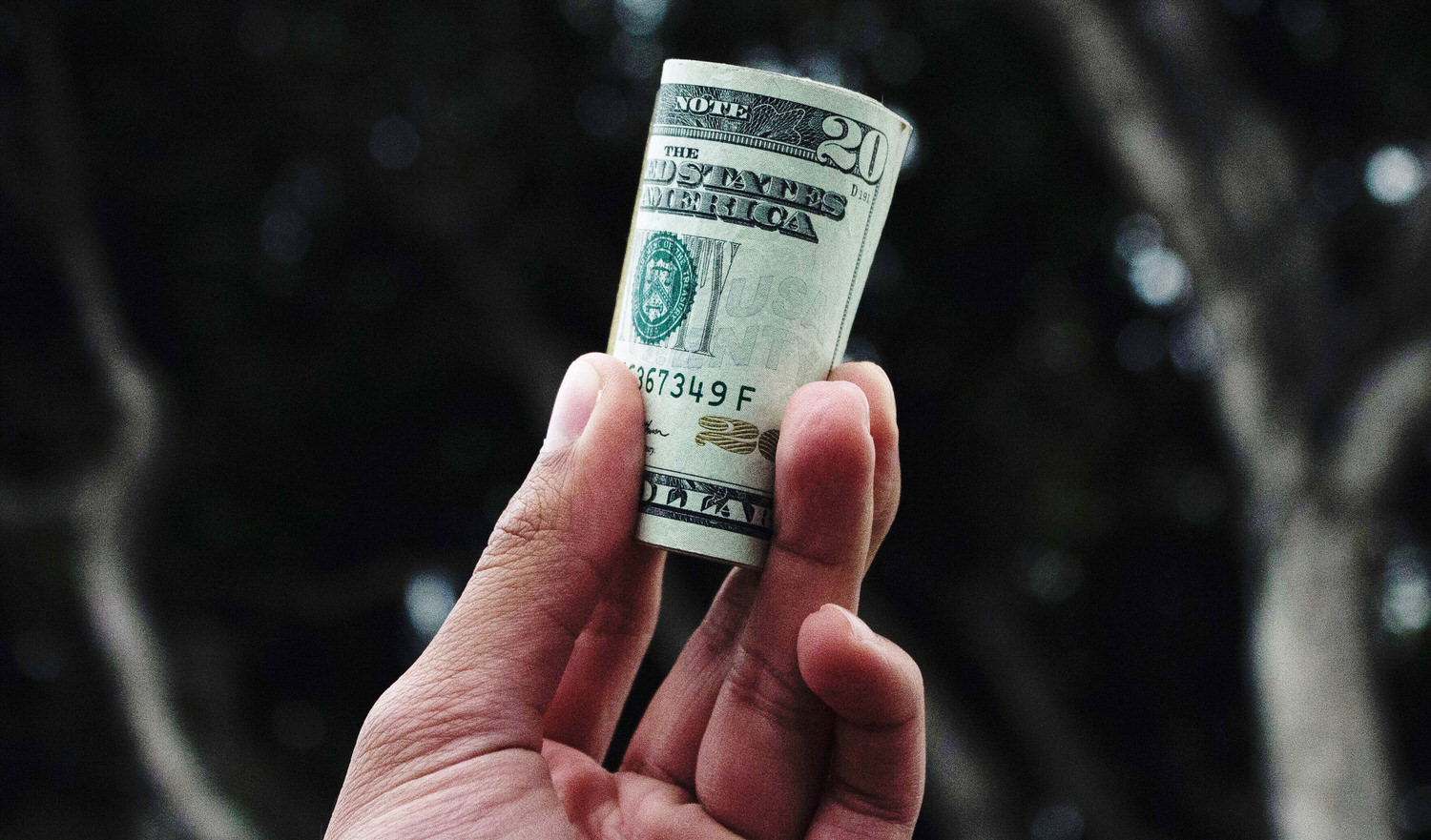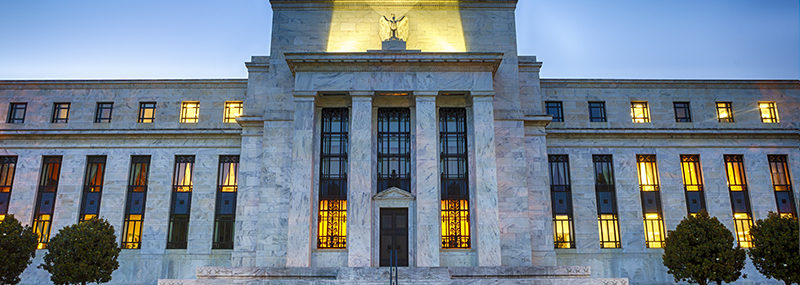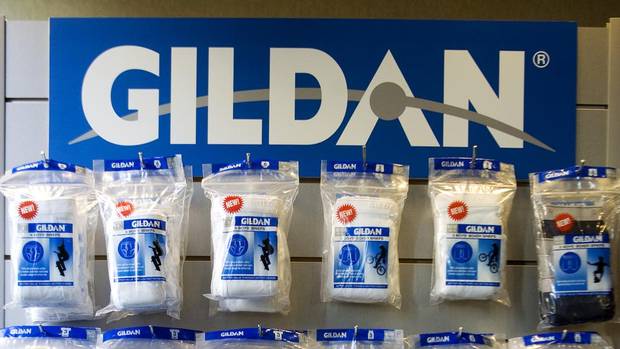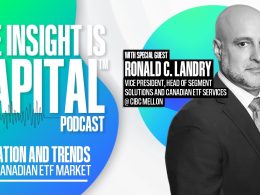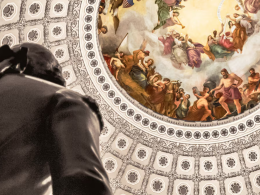Japan's central bank has successfully tamed volatility in the government bond market.
by Jurrien Timmer, Director or Global Macro, Fidelity Investments
Key takeaways
- With all the talk about when (and by how much) the Federal Reserve will reduce its asset purchases, perhaps it's worth contemplating an opposite scenario: What if the Fed follows in the footsteps of Japan's central bank and takes control of the bond market?
- The Bank of Japan (BoJ) has succeeded in keeping government bond yields consistently low by purchasing half of all bonds issued since 2013. It now owns half of the country's outstanding debt.
- The Fed has successfully repressed rates before. During the 1940s, rates were kept very low in order to help pay for the debt that resulted from the US joining World War II. The Fed increased its balance sheet 10-fold.
- For the US to reach the same level of low volatility and low returns as exist in the Japanese bond market, it could take at least another 5 years and trillions of dollars' worth of asset purchases.
- Why would the Fed want to? An economy with a lot of debt is very sensitive to rising interest rates. As in the 1940s, negative real rates are a way to ease the debt burden.
With all the talk of the Fed's eventual tapering and what that might do to the valuation of both equities and debt, I have been pondering an opposite scenario: What if the Fed keeps following in the Bank of Japan's (BoJ) footsteps and ends up taming the US bond market into submission?
At the rate at which the Fed has been buying bonds, this scenario may not be as far-fetched as you might think.
USA vs. Japan
Let's do some back-of-the-envelope math. The Fed is currently buying $120 billion worth of bonds per month and now owns 26% of all outstanding US Treasurys. By comparison, the BoJ (which ramped up asset purchases in 2013) now owns roughly half of the Japanese government bond (JGB) market.
The BoJ has tamed the JGB market to such a point that long-term JGBs now have an annualized volatility (vol)—on a trailing 5-year basis—of only 3.15 (Daiwa Long-Term Government Bond Index). That's significantly lower than long-term US Treasurys, which have a vol of 11.55 (Barclays Long-Term Government Bond Index). On the short end of the yield curve, short-term Japanese debt (Daiwa 1-3 year Government Bond Index) has a vol of 0.28, while the Barclays 1-3 year Government Bond Index is at 1.06.
If financial repression* is a tool with which to get through an era of high indebtedness, Japan is indeed the gold standard (pun intended). That leads to the question of what it would take for the Fed to own enough of the US Treasury market to put the bond vigilantes out of business. Bond vigilantes is a reference to when bond investors push back on the Fed when market conditions call for a tighter monetary policy.
The 1940s: A period of successful financial repression
The Fed has already accomplished this once before, namely during the 1940s. Back then the Fed increased its balance sheet 10-fold (but it was much smaller relative to GDP than today), and it capped short yields at 3/8% and long yields at 2.5%.
During the 1942–1951 period long-term US government bonds were repressed to the point where they returned only 2.29% (well below inflation) and had an annualized vol of 2.25.
By all accounts it worked very well (for the government that is, not for bond holders), and even after the Fed gained its independence in 1951 there was no "price to pay" in the form of an unraveling house of cards. Yields stayed low at around 2% throughout the 1950s, and it wasn't until the second half of the 1960s that bond yields went into their secular bear market.
Could the Fed do it again now?
What would it take for the Fed to control the market this time? Let's look at this from both a stock and flow perspective. By stock I am referring to how much of the debt stock is owned by the central bank, and by flow I mean how much of the current supply of bonds is being snapped up.
Japan vs. USA
- The Bank of Japan owns 50% of the Japanese debt stock. In 2012, just before the BoJ ramped up its asset purchases, it owned only 7%.
- The BoJ owns predominantly JGBs.
- In terms of flow, the BoJ has bought 49% of all gross issuance since 2013, and on a 12-month rolling basis it is buying up 37% of all supply.
- The US Fed owns 26% of the US debt stock. Just prior to the pandemic that number stood at 15%.
- The Fed has purchased 39% of the US Treasury's gross debt issuance since 2019, and on a rolling 12-month basis is buying up 21% of gross supply and 37% of the net supply.
As you can see from the numbers, in stock terms the Fed only owns half as much of the US debt stock as the BoJ does (of the JGB stock). However, on a flow basis the Fed is right on the heels of the BoJ.
To reach 40% of debt stock, it would cost the Fed $6 trillion
So how much more of the ongoing supply of Treasurys would the Fed need to buy in order to get the Treasury market to a Japan-like 3-vol?
If the US government continues to run large deficits of say 5% of GDP, beyond the current fiscal impulse (CARES Act, the $1.9 trillion stimulus, and the upcoming infrastructure bill and American Jobs and Families Plan), then that's around $1 trillion of annual supply (GDP is $22 trillion).
So whatever the Fed buys to increase its ownership of the debt stock will need to be in addition to sopping up (monetizing) this ongoing supply of new Treasurys. With a debt stock of $28 trillion and a Fed balance sheet of $8 trillion (of which $5 trillion is in Treasurys), the Fed would need to buy another $9 trillion beyond the Treasurys it already owns in order to reach 50%.
Needless to say, that's a lot of quantitative easing (QE), which could take a lot of time (which highly indebted countries don't always have). However, the Fed probably wouldn't need to own half the Treasury market to tame the bond beast. In Japan, the JGB market "went quiet" when the BoJ owned around 40% of the stock and was buying up half the issuance.
Even then, to reach 40% of the outstanding debt, the Fed would have to buy another $6 trillion in addition to funding the ongoing supply. At the current rate of $1.5 trillion per year (which includes mortgages as well), that could take at least another 5 to 10 years. By then, the Treasury market may have the same low return and low vol of the JGB market.
What would a post-vol era look like for US bonds? Will they still be negatively correlated to stocks? What will happen to the dollar in that scenario? Gold? Bitcoin? Growth vs. value? Real rates?
It's an open question of course, but in Japan despite the low yield/vol combo, JGBs remain negatively correlated to Japanese equities (−32% vs. the US at −29%). Plus the yen remains a pretty stable currency. So perhaps the Fed can pull a rabbit out of its hat just like the BoJ has done, and just like the Fed itself did some 8 decades ago. Strange times indeed.
About the expert

Jurrien Timmer is the director of global macro in Fidelity's Global Asset Allocation Division, specializing in global macro strategy and active asset allocation. He joined Fidelity in 1995 as a technical research analyst.
Copyright © Fidelity Investments



